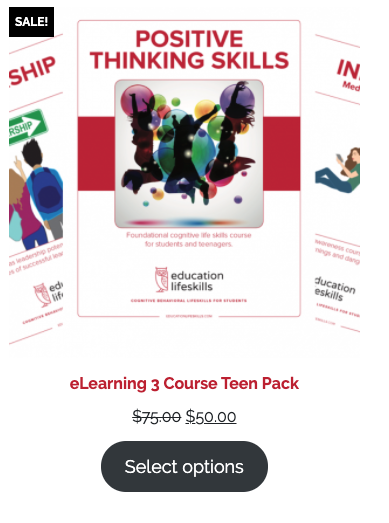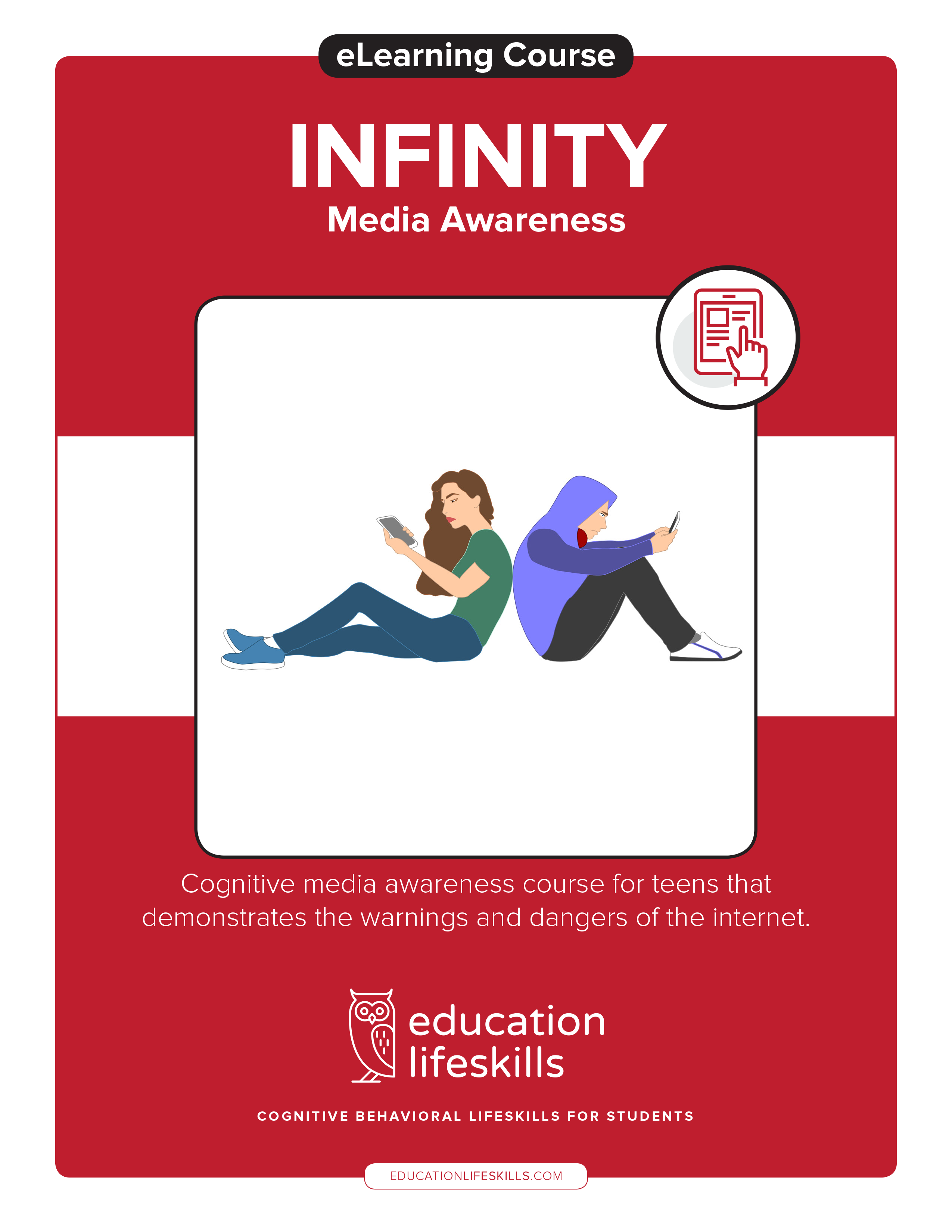One strand of social-emotional learning involves decision-making skills. Children learn to make good choices in a series of stages, and teachers can facilitate the process in the classroom. Helping children develop strong decision-making skills will give them an important ability that will help them throughout their entire lives. Follow these 5 tips to teach your students better decision making.
Let Children Make Choices
In many schools, the teacher makes all of the choices in the classroom in an effort to maintain order and organization. Letting the children make choices will give them a sense of responsibility and help them learn how to make good choices. Make sure you are happy with all of the options you provide, so you do not need to negate their decision if they choose a certain avenue. Going against their decision would make the child lose confidence in their ability to make choices, seriously hindering the development of their social and emotional learning. Show enthusiasm for their decision so that they can begin feeling more confident making their own choices.
Discuss Everyday Decisions with the Children
Develop SEL by discussing some decisions that you make everyday with the children. Bring up a simple choice that you make and talk about the advantages and disadvantages of each option so that the children can learn how to have those thoughts when they are making a choice.
Teach Them Decision-Making Steps
Along with discussing your own decisions with them, you can teach children certain steps to aid in their decision-making. Teach them to identify the decision that needs to be made, think about what their options are, evaluate the different options, make a choice, and act on that decision to see how it works. Accentuating these steps may seem redundant, but it will help them thoughtfully make decisions and develop social and emotional learning skills.
Ask Open-Ended Questions to Promote Thoughtful Decision-Making
After the children have made a choice, ask open-ended questions that encourage them to think about why they chose that option. Questions like “How do you like that?” are a good way to get their minds going. Pushing them to discuss their decision out loud will force them to understand why they made their decision, what the consequences were, and how they can improve their decision-making the next time they are faced with a choice.
Encourage Them to Set Goals That They Can Achieve
Setting goals is always a good activity to incorporate into teaching. Having children set an achievable goal will help them think through the decisions they make in an effort to achieve the goal. A vital part of having them set goals is that they are able to fulfill them. Failing to meet a goal will damage a child’s confidence and make them question many of the things that they learned in the process. Make sure to vocally and enthusiastically support them as they take steps to get closer to achieving their goal. If they can become excited about the process, they will feel more motivated to make good decisions to reach their goal.










